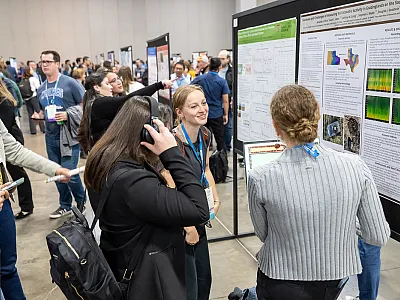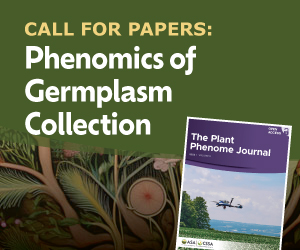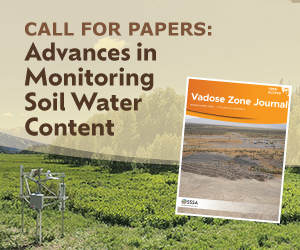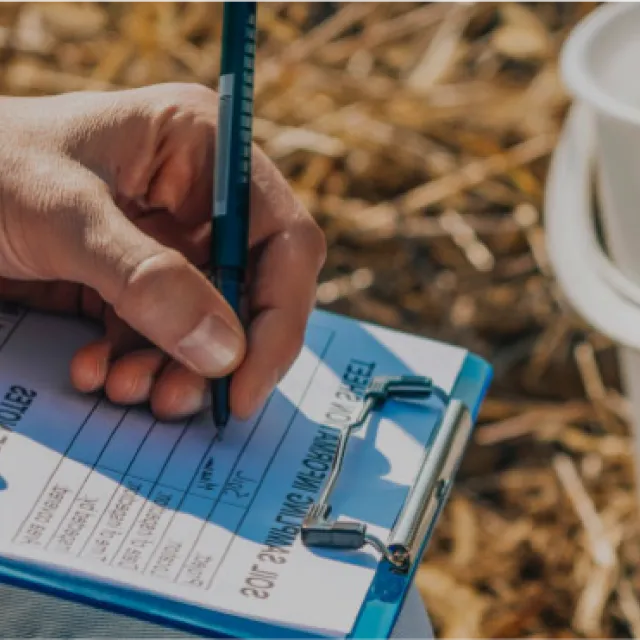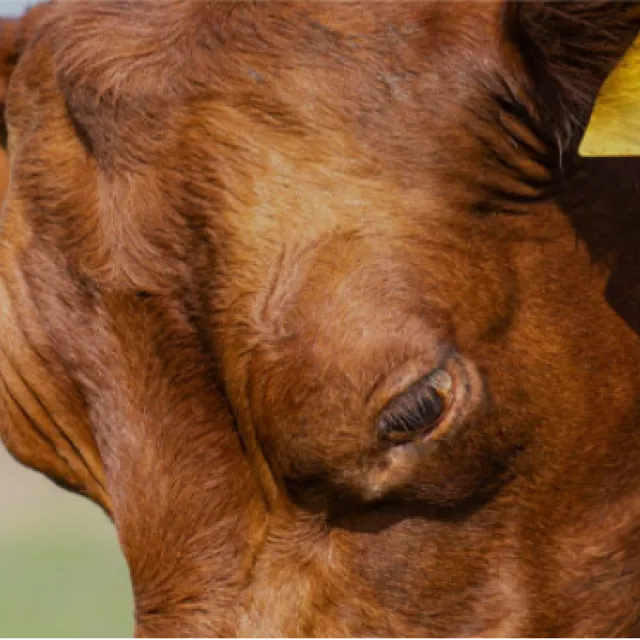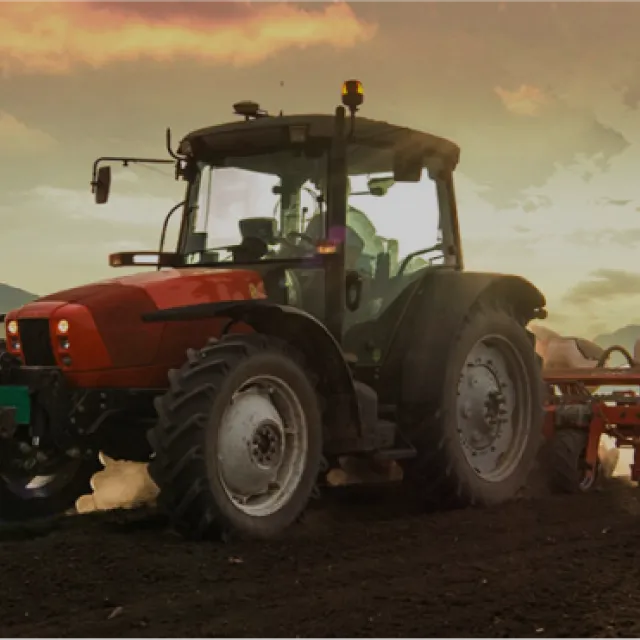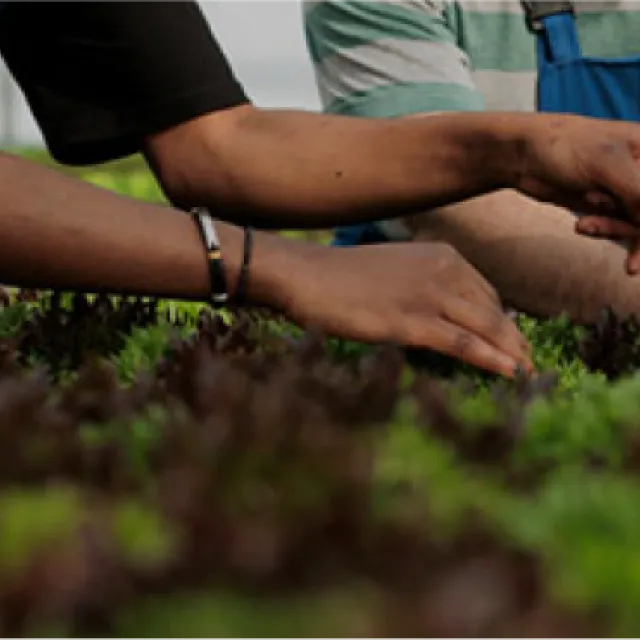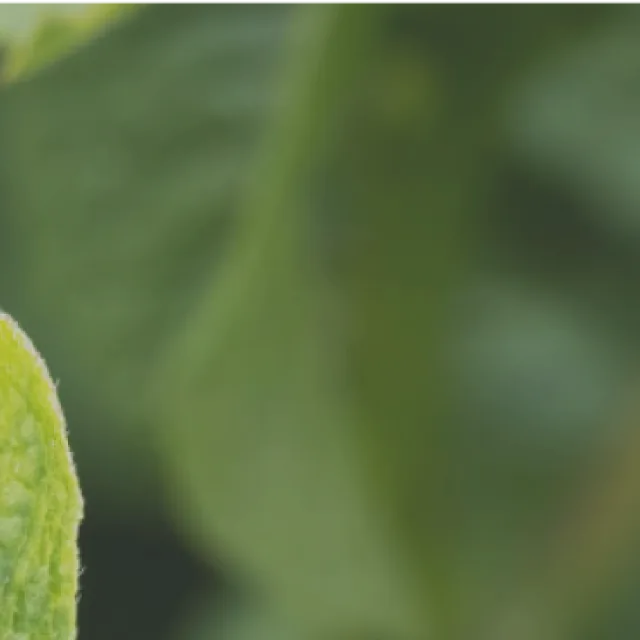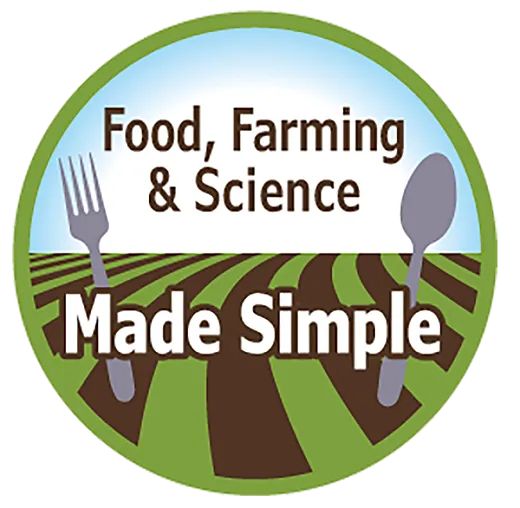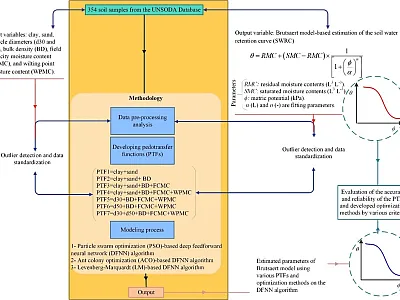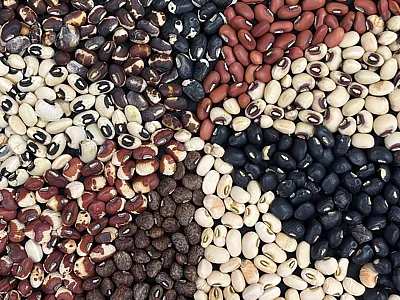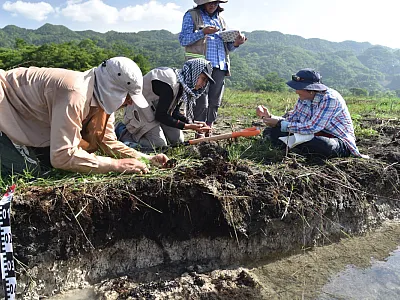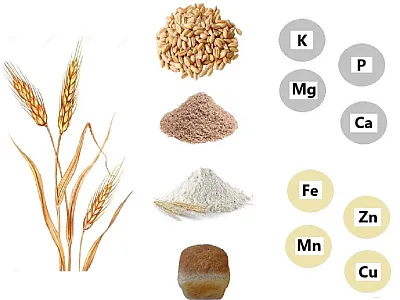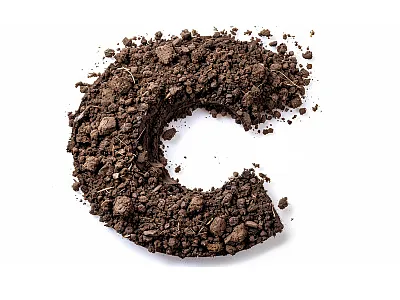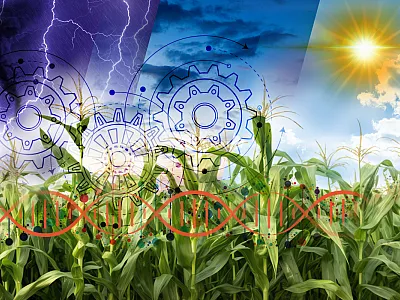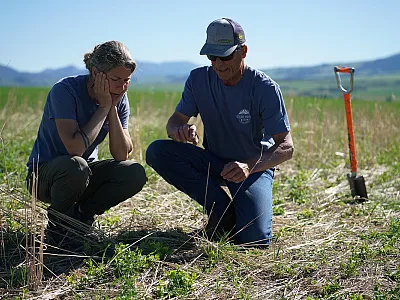
2025 Awards and Fellows
ASA, CSSA, and SSSA congratulate the 2025 award recipients and Fellows. These individuals were recognized at ceremonies held during CANVAS 2025 in Salt Lake City in November. See this year's recipients and their photos!
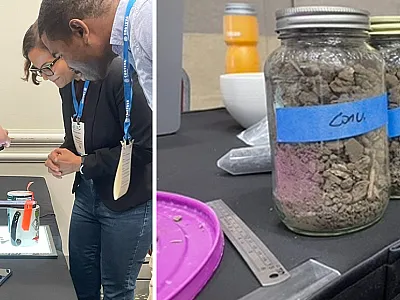
Workshop summary: Using the Slakes smartphone app to measure soil aggregate stability
On the Sunday afternoon before the official opening of the CANVAS 2025 meeting, Dr. Jenny Bower from the Soil Health Institute led a hands-on training workshop focused on measuring wet aggregate stability—an essential indicator of soil health—using the accessible Slakes smartphone application. This article provides a brief recap of the workshop.
Featured articles
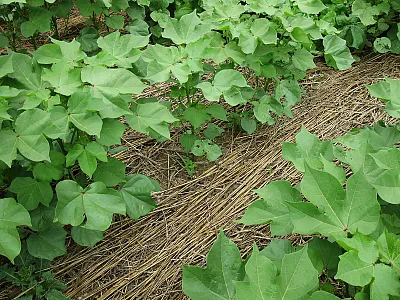
USDA launches regenerative pilot program
The USDA recently announced the launch of a regenerative agriculture pilot program. The program includes a $700 million investment to encourage the adoption of regenerative agricultural practices and will run through two existing NRCS programs. The practices included will be in three categories: soil health, water quality, and habitat vitality.
Kirkham Conference 2025: Reflections and review
The 2025 Kirkham Conference brought leading soil physicists from around the world to Fukushima, Japan, to explore cutting-edge research and real-world environmental challenges under the theme of advancing soil physics through digital innovation and environmental solutions. Through keynotes, posters, and immersive field tours of Fukushima’s contaminated soil sites, the conference highlighted how soil physics informs responses to complex global crises. This article reflects on the science, experiences, and human connections that made the meeting both scientifically rigorous and deeply impactful.
Down to Earth
Our Down to Earth section publishes food, farming, and environmental concepts and research in language that is easy to understand by all, including those without formal scientific training. Visit us each week as we continue to add more sections and content.
Recent articles
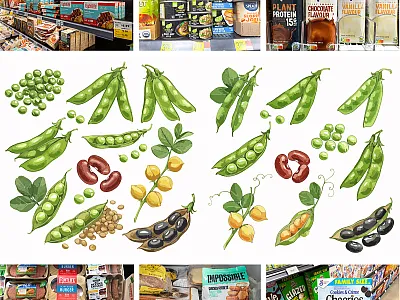
Breeding pulse crops for enhanced plant-based protein
Perspectives, challenges, and recent research efforts
- Pulse crops are a healthy, environmentally friendly alternative source of protein for consumers. With a rising demand for more plant-based food and drinks, more research needs to be done to unlock the true potential of beans, peas, and other pulse crops.
- A review paper and two research studies, recently published in Crop Science, highlight how and why plant breeders are trying to enhance protein content and palatability of pulse products.

Looking back, looking forward: Reflections on our science and community
In this column, 2026 SSSA President Aaron Daigh shares a little about his career journey and offers a few perspectives on where we are as a scientific community and how we might continue growing together.
Events
We want to hear from you
Do you have an article you'd like to submit or feedback for the magazine team? Let us know!








